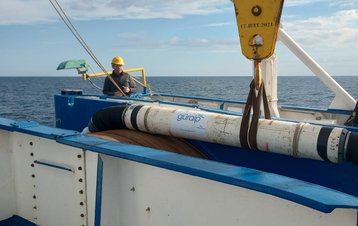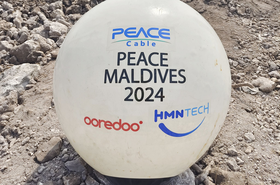Güralp Systems Ltd has announced the deployment of a 21km ‘SMART’ cable 30km off the coast of Catania in Sicily, Italy.
According to the company, which provides seismic monitoring instrumentation and solutions, is the first cable of its kind.
SMART cables (Science Monitoring and Reliable Telecommunications) aim to install sensors into subsea fiber repeaters to capture environmental data from the ocean floor.
The system was developed by Güralp in partnership with Istituto Nazionale di Geofisica e Vulcanologia (INGV) for the Italian InSEA SMART cable Wet Demonstrator project, and aims to measure seismic risk off the coast of Sicily.
InSEA is funded by the Italian Ministry of Research and managed by the INGV.
The project aims to investigate the use of seismometers and environmental monitoring sensors deployed in and around the repeater housings of traditional telecommunications cables without compromising the scientific or operational value of the data being transmitted by the sensors.
Güralp notes that the cable system includes three instrumented repeaters located at 6km spacings along its length, with each repeater housing a Güralp Certimus seismometer, a Güralp Fortimus accelerometer plus an externally mounted instrumentation pod that contains an absolute pressure gauge and a temperature sensor.
A 36-hour window was used last month to deploy the SMART cable, which has been designed to be laid using standard commercial ocean cable-laying equipment to a depth of 2000 meters.
The company added that it's been able to collect data following the deployment.
"This project offered particularly unique challenges, as we had to work backwards from the expectation that the instrumentation must be housed in existing repeater hardware and deployed using commercial cable laying methods," said John O’Neill, systems director, Güralp Systems.
"Fortunately, we have advanced sensors that are particularly suited to the demands of the project and we are delighted to see that our design approach coupled with our robust testing regime has ensured the successful deployment of the system."
Mount Etna is nearby to where the system has been deployed, and is therefore prone to numerous natural hazards including seismicity.
Güralp states that in-situ measurements from the deployed seismic and pressure sensors "will be crucial for generating reliable tsunami height forecasts for the region and will also aid with improving tsunami warning times."







